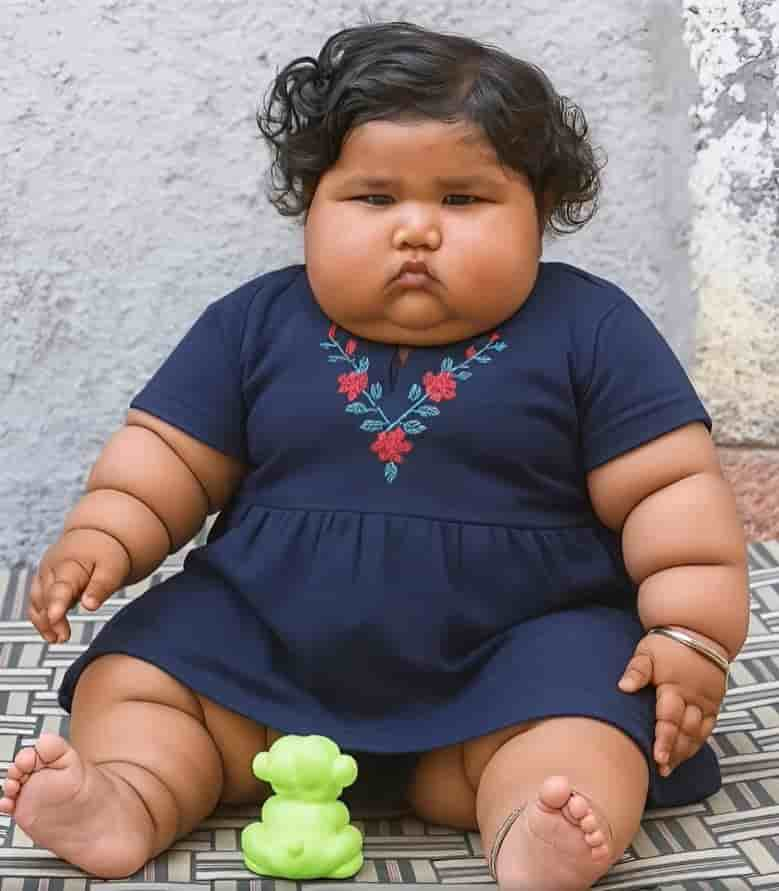With a sparkle in her eye and a promising future ahead, she went on to warm hearts and become a household name
In the kaleidoscopic world of 1960s cinema, where horror films bled into pop culture and starlets seemed to shimmer and fade overnight, one name briefly burned with an almost mythic glow: Susan Denberg. In 1967, she appeared in a Hammer Horror production that still lives vividly in the memories of fans, only to vanish from the screen soon after. For decades, whispers of scandal, silence, and personal struggles trailed her legacy. Who was this enigmatic blonde who seemed to embody the very spirit of swinging-sixties glamour and gothic dread, only to disappear just as quickly as she arrived?

Born Dietlinde Zechner in 1944 in Bad Polzin, Germany (then part of Prussia, now Poland), she emigrated to Austria as a child. Like many young women of her generation, she found early work in modeling, where her statuesque figure, platinum hair, and striking blue eyes made her an instant standout. By the mid-1960s, she had reinvented herself as Susan Denberg, pursuing opportunities far from her European beginnings.
Her first burst of fame came not from acting but from the pages of glossy magazines. In August 1966, she was featured as Playboy’s Playmate of the Month. The spread introduced her to American audiences, painting her as the quintessential blonde bombshell of the era — alluring, slightly exotic, and brimming with possibility. From there, Hollywood beckoned.

Denberg’s most notable screen appearance came swiftly. In 1967, Hammer Films, then at the height of its horror success, cast her in Frankenstein Created Woman. Directed by Terence Fisher, the film paired gothic horror with themes of love, revenge, and metaphysical mystery. Denberg played Christina, the disfigured daughter of an innkeeper who, after her tragic death, is resurrected by Peter Cushing’s Baron Frankenstein in a new, flawless body. As Christina, Denberg balanced pathos with eerie allure, embodying Hammer’s blend of beauty and menace.
The role was both bold and tragic. Denberg was not just another damsel in distress; her Christina carried the weight of longing, despair, and vengeance. In one of Hammer’s more philosophically inclined scripts, her performance elevated the film beyond camp. For many horror fans, her image in that role — golden-haired, pale-skinned, both victim and avenger — remains iconic.
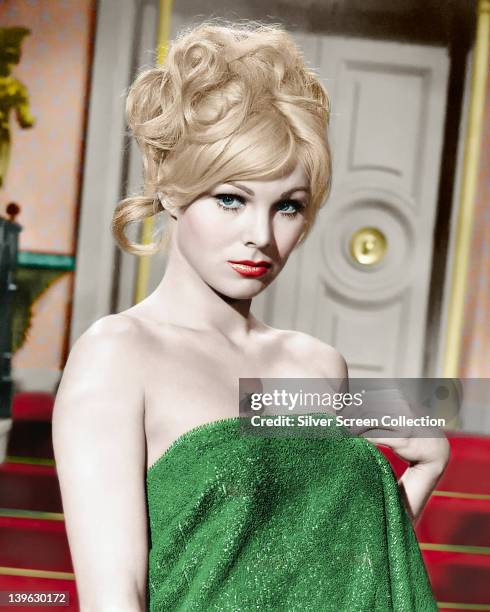
Yet just as Denberg’s career seemed poised to take off, she disappeared from mainstream cinema. There were rumors of small television appearances, including an episode of Star Trek (“Mudd’s Women,” 1966), but after
Frankenstein Created Woman, no major roles followed. It was as if the blonde who had lit up Hammer Horror simply evaporated into the ether.
What happened next became the stuff of tabloid speculation. Some reports suggested that she had fallen into personal difficulties in Los Angeles, including struggles with substance abuse and mental health. Others claimed she returned quietly to Europe, retreating from fame after its brief, searing burn. For years, conflicting accounts circulated, some insisting she had died young, others that she lived reclusively in Austria. The mystery only deepened her legend.
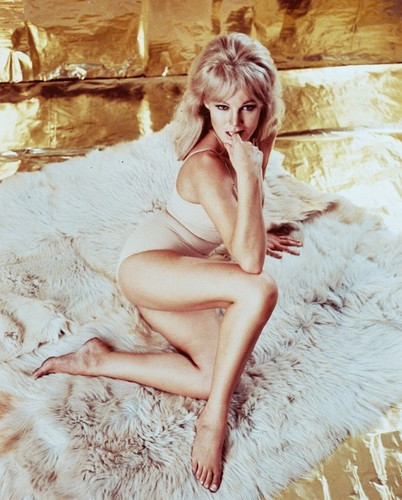
Part of Denberg’s allure lies in this absence. Unlike her contemporaries who built long résumés of films and television roles, she left behind only fragments — a handful of performances, photographs, and rumors. That scarcity has turned her into a cult figure, her name invoked with the same fascination reserved for stars who vanish at their peak.
What we do know is that Denberg’s life after Hollywood was turbulent. By the 1970s, she had largely retreated from the spotlight, but traces of her surfaced in European gossip columns. Tales of heartbreak, scandal, and personal reinvention circulated but were rarely confirmed. In some ways, the absence of certainty has made her story even more compelling — a real-life mystery that mirrors the gothic fantasies she once inhabited on screen.
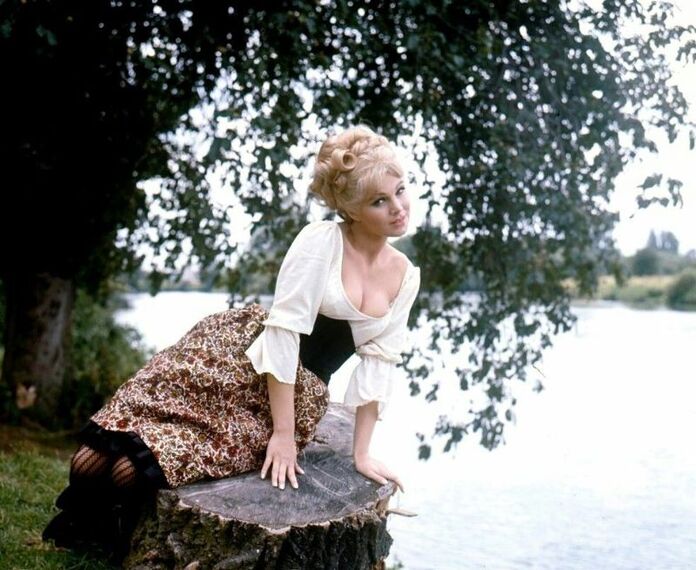
For fans of Hammer Horror, Susan Denberg remains frozen in time, forever the tragic Christina. That image — a young woman reborn by mad science, her beauty both a gift and a curse — resonates beyond its pulp origins. In the role, Denberg projected an emotional vulnerability that made Christina unforgettable, a performance that outshone her limited dialogue. It was the kind of part that might have launched a longer career, had circumstances been different.
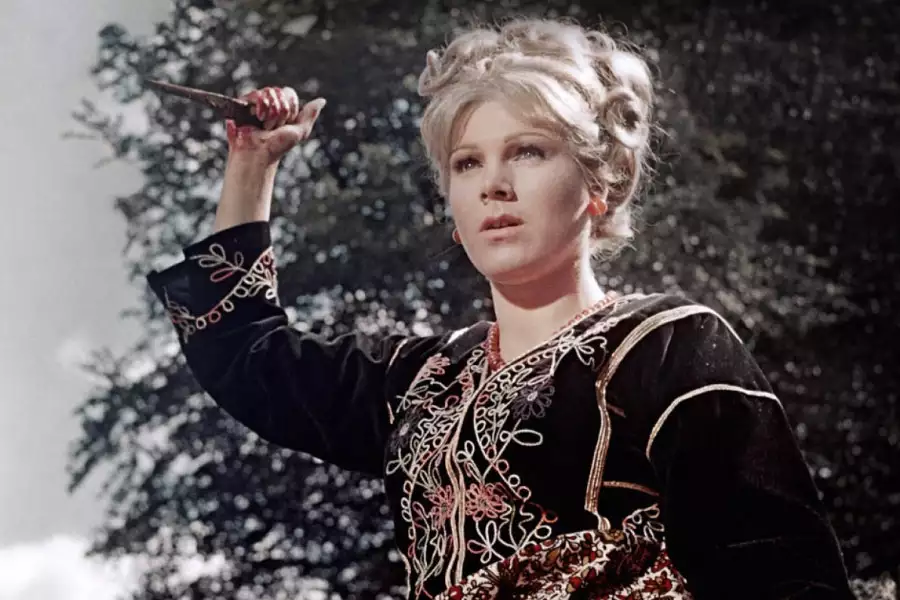
Today, Denberg’s brief moment in the spotlight is celebrated not only by horror aficionados but also by cultural historians who see in her story the complexities of 1960s celebrity. She was part of a generation of women whose careers were both made and constrained by their beauty, caught in an industry that valued them as icons more than as artists. Her vanishing act — whether by choice or by circumstance — only underscores how fragile fame could be.
Who was Susan Denberg? A model, a Playboy pin-up, a Hammer starlet, a rumored cautionary tale — but also a reminder that some stories resist neat conclusions. Her life, like the films she graced, is tinged with mystery and melancholy. She may not have built the filmography of a Monroe or a Bardot, but for those who glimpse her in
Frankenstein Created Woman, she is unforgettable: a ghostly vision of beauty, loss, and cinematic immortality.
Her story is stranger than fiction because it lingers unfinished, a question mark wrapped in velvet shadows. Denberg’s name still prompts curiosity, still conjures the image of a blonde beauty whose star blazed briefly and vanished. And perhaps that is why, more than fifty years later, we still ask the same question: what really became of Susan Denberg?
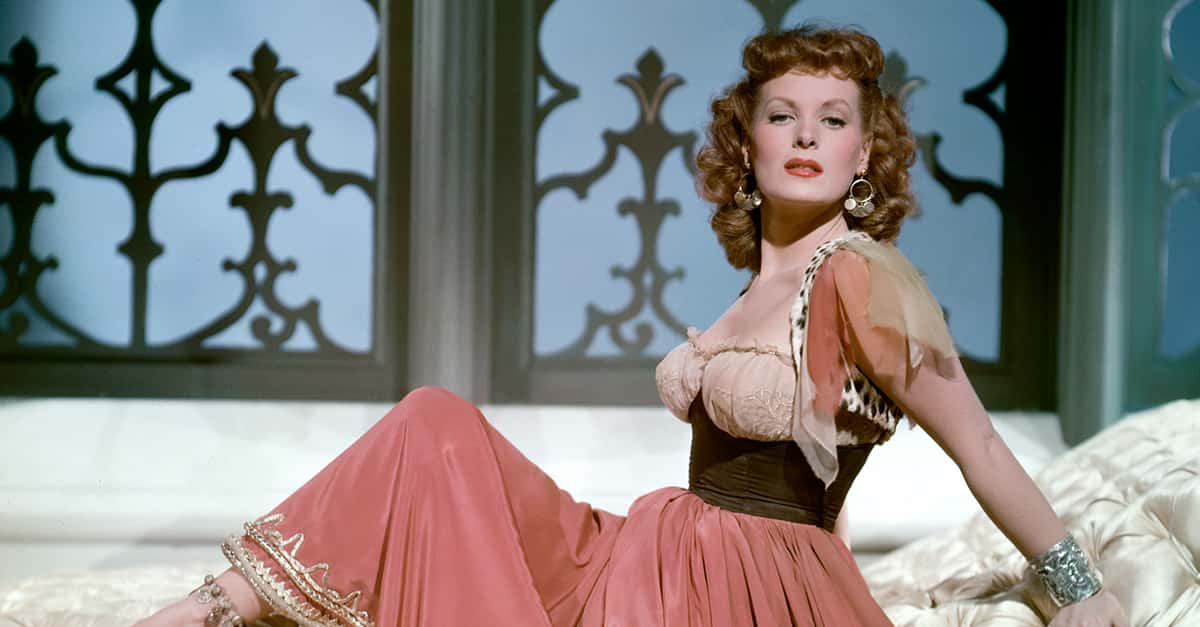
O’Hara’s Shireen was far more than a beautiful accessory to the male hero’s exploits. She was central to the story, a woman of agency and intellect navigating the treacherous waters of power, politics, and personal desire. Her flame-red hair, piercing green eyes, and unmistakable Irish determination made her unforgettable on screen, while her performance imbued Shireen with a regal strength rarely seen in fantasy heroines of the 1940s. Opposite Fairbanks Jr.’s roguish Sinbad, O’Hara stood toe-to-toe—not as a passive prize to be won, but as a calculating equal, a woman whose choices and ambitions shaped the very course of the narrative.
In an era when female characters in adventure films were often confined to roles of damsels in distress, Shireen was strikingly different. O’Hara’s portrayal gave the character intelligence, wit, and layers of subtle power. She manipulated alliances with skill, maneuvered through betrayals with resilience, and maintained an aura of grace that masked her shrewdness. At a time when Hollywood frequently reduced women to decoration, Shireen stood out as a fully realized figure, both glamorous and formidable. The chemistry between O’Hara and Fairbanks Jr. heightened the film’s romantic tension, but it was never one-sided—she matched him quip for quip, glance for glance, with regal poise and palpable strength.

Although the film leaned heavily on high adventure and lavish spectacle, it was O’Hara who gave it heart. The ornate sets, shimmering costumes, and sweeping battles provided visual grandeur, but it was Shireen’s sharp intelligence and commanding presence that gave the story substance. O’Hara’s layered performance elevated Sinbad the Sailor from a simple fantasy adventure to something more enduring: a tale where female strength was as essential as male bravado.
In the broader context of Hollywood, O’Hara’s role in Sinbad the Sailor was part of her ongoing mission to redefine how women were portrayed on screen. Her career was filled with roles that showcased women as resilient, outspoken, and deeply human—far from the fragile archetypes so common in the Golden Age of cinema. She famously clashed with directors and producers when they tried to limit her characters, insisting instead on depth and dignity. This fierce independence mirrored the qualities she gave to Shireen, making the role not just memorable but emblematic of her entire body of work.

Born Dietlinde Zechner in 1944 in Bad Polzin, Germany (then part of Prussia, now Poland), she emigrated to Austria as a child. Like many young women of her generation, she found early work in modeling, where her statuesque figure, platinum hair, and striking blue eyes made her an instant standout. By the mid-1960s, she had reinvented herself as Susan Denberg, pursuing opportunities far from her European beginnings.
Her first burst of fame came not from acting but from the pages of glossy magazines. In August 1966, she was featured as Playboy’s Playmate of the Month. The spread introduced her to American audiences, painting her as the quintessential blonde bombshell of the era — alluring, slightly exotic, and brimming with possibility. From there, Hollywood beckoned.

Denberg’s most notable screen appearance came swiftly. In 1967, Hammer Films, then at the height of its horror success, cast her in Frankenstein Created Woman. Directed by Terence Fisher, the film paired gothic horror with themes of love, revenge, and metaphysical mystery. Denberg played Christina, the disfigured daughter of an innkeeper who, after her tragic death, is resurrected by Peter Cushing’s Baron Frankenstein in a new, flawless body. As Christina, Denberg balanced pathos with eerie allure, embodying Hammer’s blend of beauty and menace.
The role was both bold and tragic. Denberg was not just another damsel in distress; her Christina carried the weight of longing, despair, and vengeance. In one of Hammer’s more philosophically inclined scripts, her performance elevated the film beyond camp. For many horror fans, her image in that role — golden-haired, pale-skinned, both victim and avenger — remains iconic.

Yet just as Denberg’s career seemed poised to take off, she disappeared from mainstream cinema. There were rumors of small television appearances, including an episode of Star Trek (“Mudd’s Women,” 1966), but after
Frankenstein Created Woman, no major roles followed. It was as if the blonde who had lit up Hammer Horror simply evaporated into the ether.
What happened next became the stuff of tabloid speculation. Some reports suggested that she had fallen into personal difficulties in Los Angeles, including struggles with substance abuse and mental health. Others claimed she returned quietly to Europe, retreating from fame after its brief, searing burn. For years, conflicting accounts circulated, some insisting she had died young, others that she lived reclusively in Austria. The mystery only deepened her legend.

Part of Denberg’s allure lies in this absence. Unlike her contemporaries who built long résumés of films and television roles, she left behind only fragments — a handful of performances, photographs, and rumors. That scarcity has turned her into a cult figure, her name invoked with the same fascination reserved for stars who vanish at their peak.
What we do know is that Denberg’s life after Hollywood was turbulent. By the 1970s, she had largely retreated from the spotlight, but traces of her surfaced in European gossip columns. Tales of heartbreak, scandal, and personal reinvention circulated but were rarely confirmed. In some ways, the absence of certainty has made her story even more compelling — a real-life mystery that mirrors the gothic fantasies she once inhabited on screen.

For fans of Hammer Horror, Susan Denberg remains frozen in time, forever the tragic Christina. That image — a young woman reborn by mad science, her beauty both a gift and a curse — resonates beyond its pulp origins. In the role, Denberg projected an emotional vulnerability that made Christina unforgettable, a performance that outshone her limited dialogue. It was the kind of part that might have launched a longer career, had circumstances been different.

Today, Denberg’s brief moment in the spotlight is celebrated not only by horror aficionados but also by cultural historians who see in her story the complexities of 1960s celebrity. She was part of a generation of women whose careers were both made and constrained by their beauty, caught in an industry that valued them as icons more than as artists. Her vanishing act — whether by choice or by circumstance — only underscores how fragile fame could be.
Who was Susan Denberg? A model, a Playboy pin-up, a Hammer starlet, a rumored cautionary tale — but also a reminder that some stories resist neat conclusions. Her life, like the films she graced, is tinged with mystery and melancholy. She may not have built the filmography of a Monroe or a Bardot, but for those who glimpse her in
Frankenstein Created Woman, she is unforgettable: a ghostly vision of beauty, loss, and cinematic immortality.
Her story is stranger than fiction because it lingers unfinished, a question mark wrapped in velvet shadows. Denberg’s name still prompts curiosity, still conjures the image of a blonde beauty whose star blazed briefly and vanished. And perhaps that is why, more than fifty years later, we still ask the same question: what really became of Susan Denberg?

O’Hara’s Shireen was far more than a beautiful accessory to the male hero’s exploits. She was central to the story, a woman of agency and intellect navigating the treacherous waters of power, politics, and personal desire. Her flame-red hair, piercing green eyes, and unmistakable Irish determination made her unforgettable on screen, while her performance imbued Shireen with a regal strength rarely seen in fantasy heroines of the 1940s. Opposite Fairbanks Jr.’s roguish Sinbad, O’Hara stood toe-to-toe—not as a passive prize to be won, but as a calculating equal, a woman whose choices and ambitions shaped the very course of the narrative.
In an era when female characters in adventure films were often confined to roles of damsels in distress, Shireen was strikingly different. O’Hara’s portrayal gave the character intelligence, wit, and layers of subtle power. She manipulated alliances with skill, maneuvered through betrayals with resilience, and maintained an aura of grace that masked her shrewdness. At a time when Hollywood frequently reduced women to decoration, Shireen stood out as a fully realized figure, both glamorous and formidable. The chemistry between O’Hara and Fairbanks Jr. heightened the film’s romantic tension, but it was never one-sided—she matched him quip for quip, glance for glance, with regal poise and palpable strength.

Although the film leaned heavily on high adventure and lavish spectacle, it was O’Hara who gave it heart. The ornate sets, shimmering costumes, and sweeping battles provided visual grandeur, but it was Shireen’s sharp intelligence and commanding presence that gave the story substance. O’Hara’s layered performance elevated Sinbad the Sailor from a simple fantasy adventure to something more enduring: a tale where female strength was as essential as male bravado.
In the broader context of Hollywood, O’Hara’s role in Sinbad the Sailor was part of her ongoing mission to redefine how women were portrayed on screen. Her career was filled with roles that showcased women as resilient, outspoken, and deeply human—far from the fragile archetypes so common in the Golden Age of cinema. She famously clashed with directors and producers when they tried to limit her characters, insisting instead on depth and dignity. This fierce independence mirrored the qualities she gave to Shireen, making the role not just memorable but emblematic of her entire body of work.
RELATED NEWS...
 Top Video Viral
Top Video Viral

